
7 minute read
OMNIPRESENT AI
ChatGPT has truly opened pandora’s box for the uses and limitations of an AI-powered world.
Given the exponential growth of Artificial Intelligence (AI) over the past few decades, AI and its related applications have become part of daily life in ways we could never have dreamt of only a few decades ago. Robotics and AI have changed our life processes beyond measure.
Advertisement
AI is a wide-ranging branch of computer science which involves building smart machines capable of performing tasks that typically require human intelligence. It is an interdisciplinary science with multiple approaches covering machine learning and deep learning.
There are numerous and growing uses of AI in our everyday lives ranging from voice assistants to entertainment streaming apps to smart input keyboards and `navigation and facial recognition technologies. The list is simply endless, yet it has become quite difficult to keep pace with these innovations and the potential disruption they can cause!
The latest technological breakthrough has occurred with ChatGPT (Generative Pre-Trained Transformer), which is an AI-powered chatbot launched in November 2022 by OpenAI. This can comprehend and generate natural language or human text.
The tool is built on large amounts of text data and uses an algorithm known as Transformer to learn how to generate text similar to human conversation.
Demystifying Chatgpt
In terms of technological impact on humankind,
ChatGPT is being compared with electricity! Hailed as the “smartest chatbot ever made”, ChatGPT reportedly can generate human-like text responses to prompts.
Its uses are spread across a wide range of applications, such as customer service, generating responses to questions in online forums, or even creating personalised content for social media posts. It is smart enough to admit its mistakes, challenge false premises, and refuse unsuitable requests. In addition, the ChatGPT can also answer follow-up questions.
ChatGPT can be used to create content, such as articles, blog posts and entire books. They can help with customer service, quickly and accurately responding to queries. The programme has immediate insights for research, providing insights into consumer behaviour and preferences.
According to OpenAI, its provider, it already had one million users in Dec last year. What’s unique about ChatGPT is how easily accessible, free, and fast it is. The service also has other features, which allow translation and writing in English, Chinese, Spanish and French. This could potentially help scientists publish in a second language, enhancing the reach of their work.
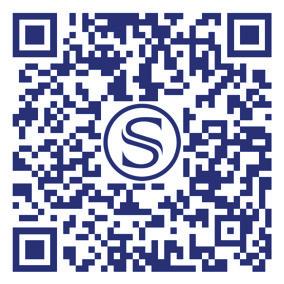
However, there are limitations to even the genius of ChatGPT. Some critics have pointed out that while the chatbot gives answers which are grammatically correct and read well, these lack context and substance. ChatGPT’s knowledge is restricted to global events that occurred before 2021.
It has been observed that the chatbot displays clear racial and sexist biases, which remains a problem with almost all AI models. There is potential for bias in the generated code, as the training data used to create the code generator may contain biases that are reflected in the generated code.
There are more serious allegations as well, such as malicious and dangerous coding. ChatGPT can produce phishing emails, although it is set up to reject requests to write phishing emails or malicious code.
There is a larger effect on the employment scene as the program has the immediate potential to curtail jobs. The glaring concern is that using code generators could lead to the loss of jobs for human programmers or even BPOs, which have immensely benefited devel oping countries like India.
For academics, the immediate chokepoint is plagiarism. While academic plagiarism is not new, ChatGPT has altered how AI is utilised to produce original writ ing.
It is difficult to identify plagia rised information as a result. Writ ten assignments in universities imme diately fall under suspicion as teachers and academicians struggle with fraud and plagiarism.
This has already found a voice in China, not held in very high esteem for its disregard for IPRs, in an article in the China Science Daily which expressed concern for its impact on the quality of higher education. Questions have been raised asking whether the use of AI text generators should be treated differently from existing rules on plagiarism.
In the U.S., concerns have been raised about what chatbots will do to students’ critical thinking and problem-solving skills, which is already on the decline thanks to modern devices.
However, there is a silver lining, too; it is being debated if, in its future version, AI tools could even develop capabilities for original academic research replacing human scientists and researchers!
A Darker Side
The excitement over ChatGPT comes with a dark side, including concerns over security and the ability of cybercriminals to use the chatbot for their means.
Scientists are worried that AI writing software could distort the outcome of scientific research by making it lethal to humankind rather than uplifting it, like electricity. “Any technology, if misused, could be dangerous,” says Catherine Gao from Northwestern University.
A major concern with ChatGPT is the potential automation to industrialise the creation and personalisation of malicious web pages, highly targeted phishing campaigns, and social engineering-reliant scams.
Check Point Research has documented several instances of threat actors deploying much more sophisticated phishing emails written with the help of the chatbot. Other threat actors are using the technology to create malware. But the success of these cybercriminal experiments remains to be seen.
A primary ethical concern is a risk of ChatGPT being used to spread misinformation. Because it is designed to generate responses that sound human-like, it can be difficult for people to distinguish between machine-generated responses and those that come from a real person.
Even worse, if a chatbot is trained on biased or outdated data, it may produce responses that reflect that bias, potentially leading to the spread of misinformation that can cause serious societal fragmentations or produce responses that are discriminatory or offensive to certain societal groups or perpetuating
Another ethical issue is the potential for ChatGPT to be used to impersonate individuals.
ChatGPT can be trained on a particular person’s writing style and language patterns, thus creating a chatbot that act like that person’s clone. Its misuse is unlimited- from financial fraud to manipulation of organisations and widespread political machinations.
Risk Management And Way Forward
“Many organisations are not prepared for how this is going to change the threat landscape. You have to fight AI with AI, and organisations can look for cloud security that also uses generative AI and AI augmentation technology,” advises Patrick Harr, CEO of security firm SlashNext.
Using these technologies to predict millions of new variants of the threats that might enter the organisation is the only way to counteract these attacks to close the security gap and vulnerabilities created by this dangerous trend.
AI has, of course, existed long before the release of ChatGPT, and these were already disrupting the cyber- security industry. The research firm Gartner expects industry leaders to significantly increase spending on information security, estimated at $187 billion this year.
The threat of attacks based on systems utilising this technology has necessitated that ‘responsible AI’ will become a strong component of all personnel hired for AI development and training work.
This will cover how attackers can quickly adapt developments such as ChatGPT. An understanding of the intersection of AI and cybersecurity will become critical.
As regards plagiarism in the education field using ChatGPT, the CEO of OpenAI, the owner of ChatGPT, has assured that his company would experiment with watermarking technologies and other techniques to label content generated by ChatGPT as a possible deterrent for plagiarism.
ChatGPT is expected to undergo more technical changes to improve its ability to understand and respond to context, such as maintaining a conversation on a specific topic or understanding the tone and intent of a message.
Its knowledge base will expand with time, and so will its ability to generate more accurate and informative responses. Language abilities will also likely improve to respond to different languages and dialects. Interactive capabilities are expected to enhance to handle multiple tasks and engage in more complex conversations
One way to address ethical concerns is to ensure that chat GPT is transparent about its capabilities and limitations. It has been suggested that chatbots could be programmed to include a disclaimer indicating that they are not human and that the response provided could be inaccurate.
In addition, the use of ChatGPT in customer service contexts, for e.g. could be more open to ensure that people are aware that they are interacting with a machine and not a real person.
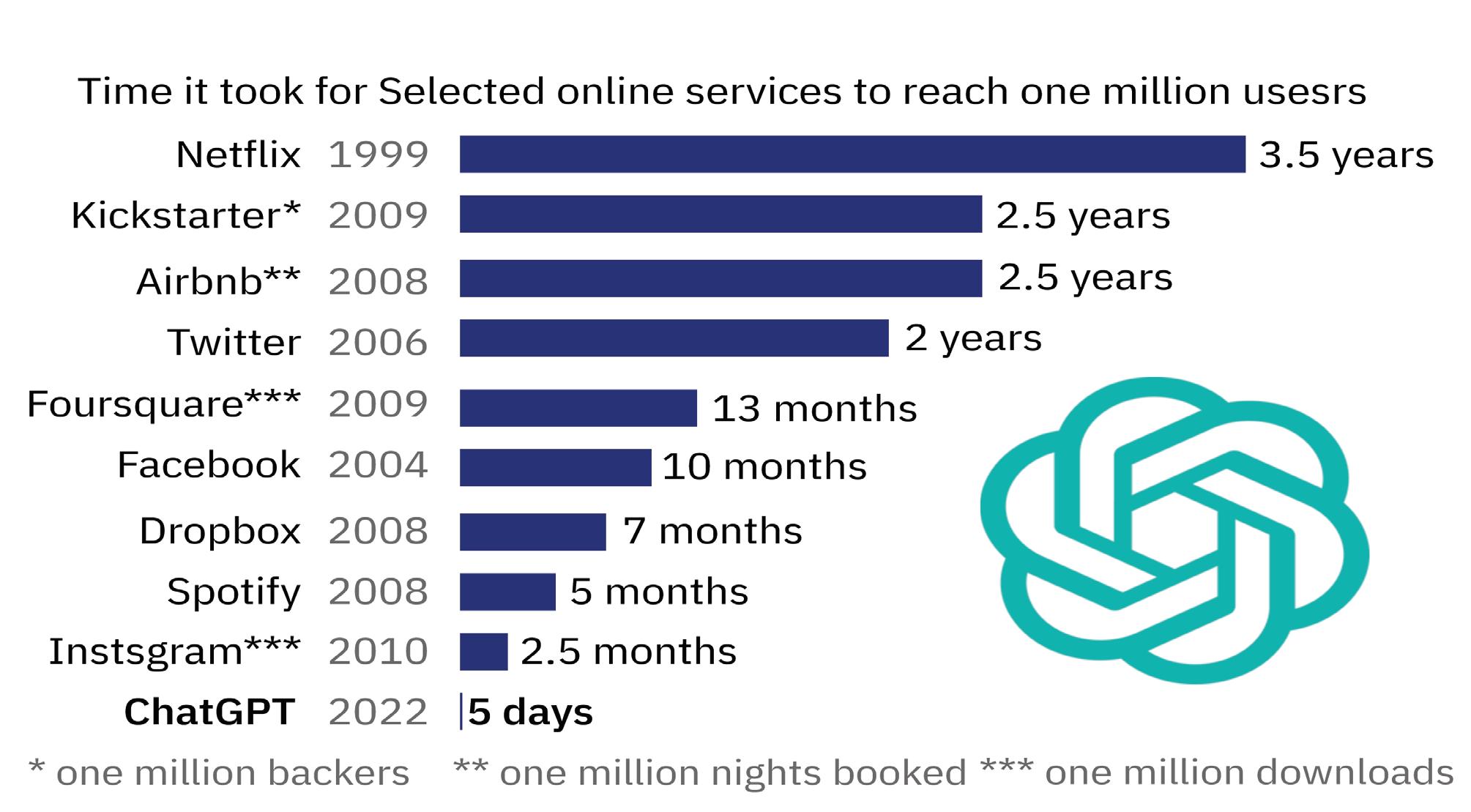
Assessment
The widespread use of new disruptive technologies has necessitated that tech companies reinforce their AI and cybersecurity skills. The new skill set requires developing safer code as new applications are created and countering what threat actors are deploying using these same tools.
AI is here to stay, and ChatGPT is a reality. Its impact on sectors such as education, research and healthcare has raised several red flags and can no longer be ignored or treated as a technical problem requiring a technical fix. A real solution goes far beyond and may include legislation and international agreements.
It is clear that avoiding this technological innovation is not an option. The tool itself is expected to innovate further, and tech pros must ensure that their organisations invest in training to keep abreast with the security challenges it throws up. It is also important to continue to monitor and assess the ethical implications of ChatGPT as it continues to evolve and be integrated into more aspects of our lives.
Inspired by Innovation
Built on Trust
Gopalan Aerospace is a fast-paced, innovative ISO 9001/AS 9100 Rev D 2015 certified, Aerospace Components and Composites Design, Development and Manufacturing Company. Our clients include some of the largest names in the Aerospace and Defence Industry. With 10.5 acres of land and 1, 50,000 sq.ft of built-up, Gopalan Aerospace aims to become a center of excellence in Precision Components, Machining, Fabrication and Assemblies in the Aerospace and Allied Sectors.
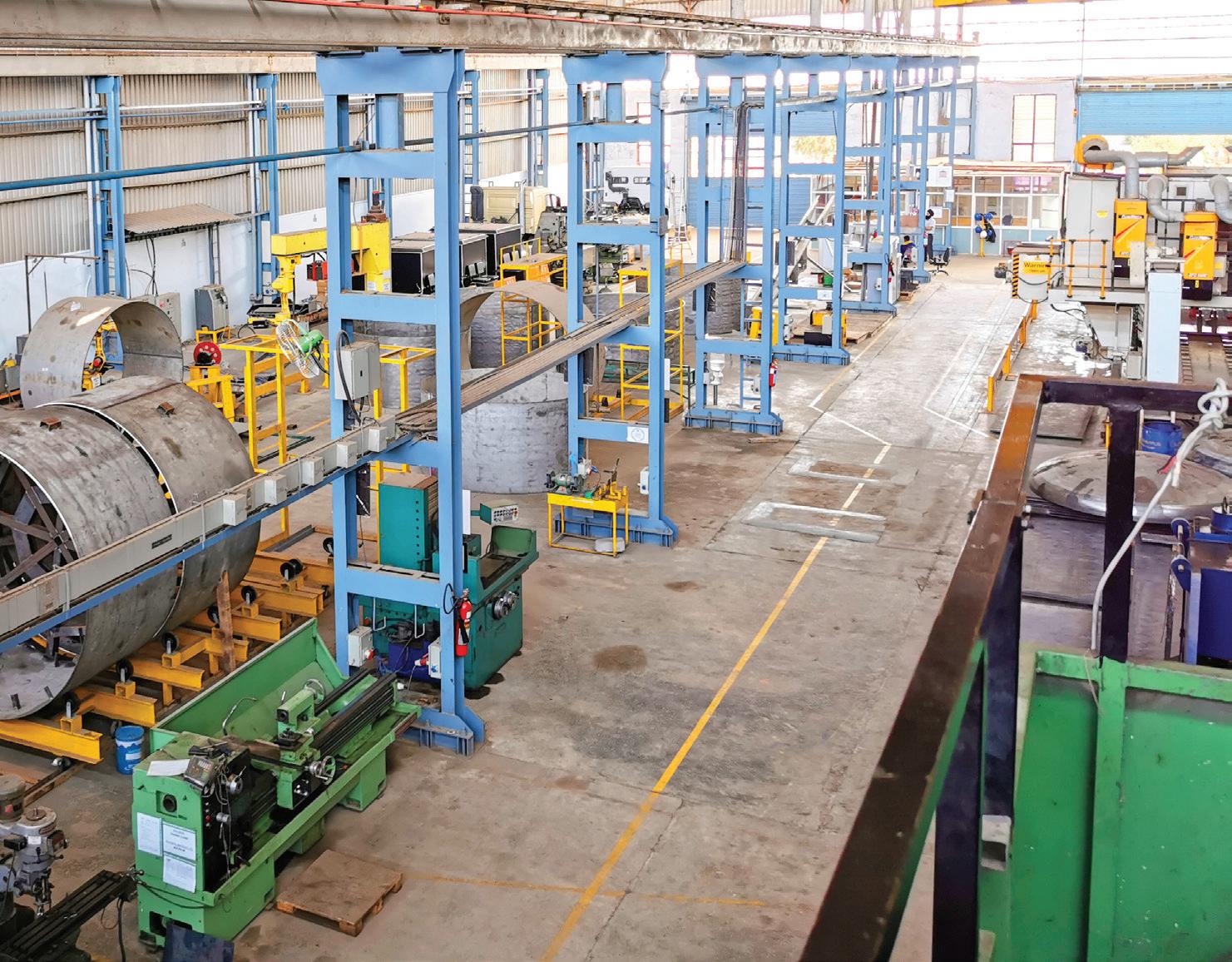
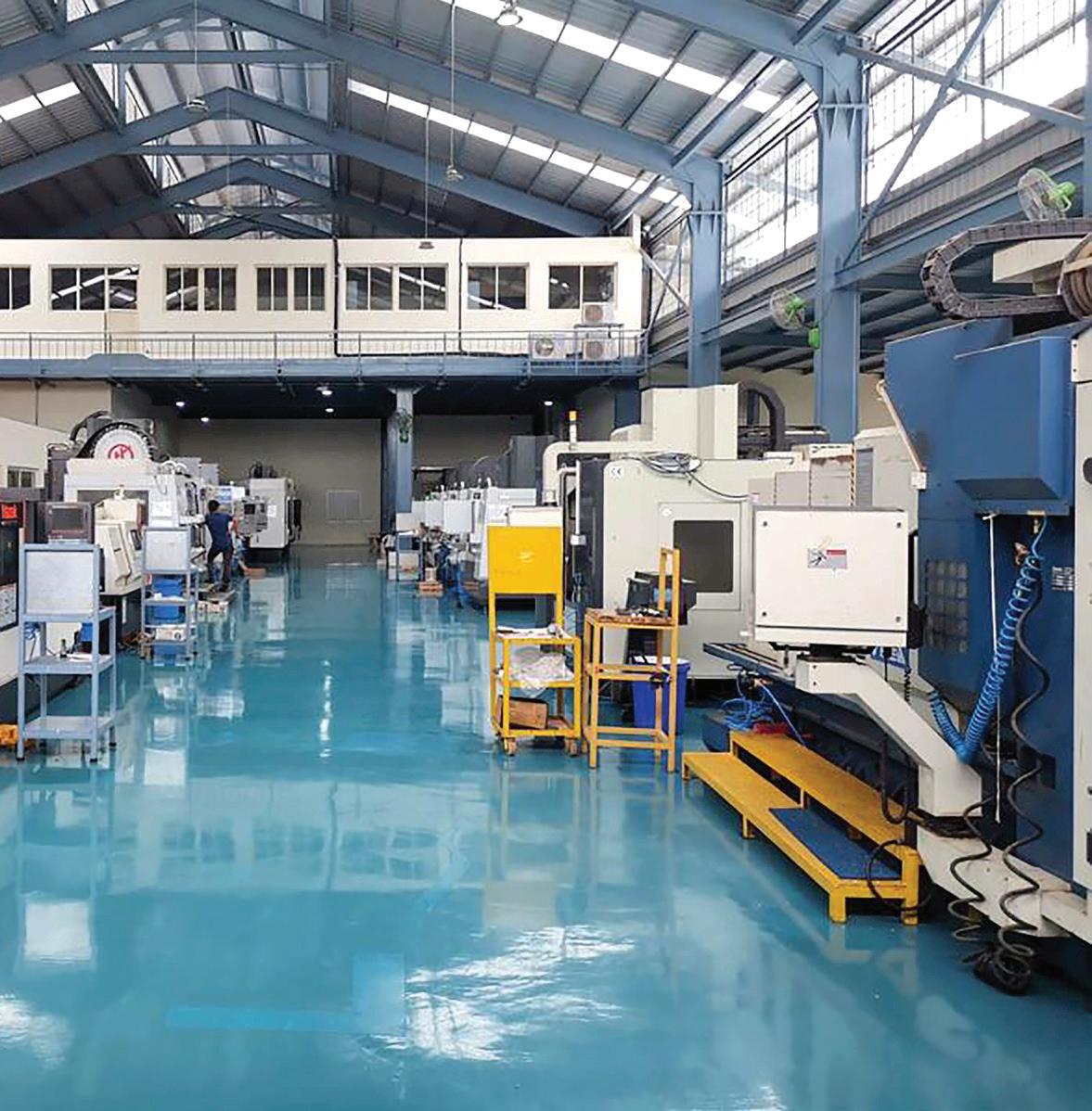
PRECISION COMPONENT MACHINING & SUBASSEMBLY
CNC Machining 3 Axis to 5 Axis Components for Defence Industry
LIGHT & HEAVY ENGINEERING
Robotic Welding Machining Steel Sheet Rolling, High Pressure Testing
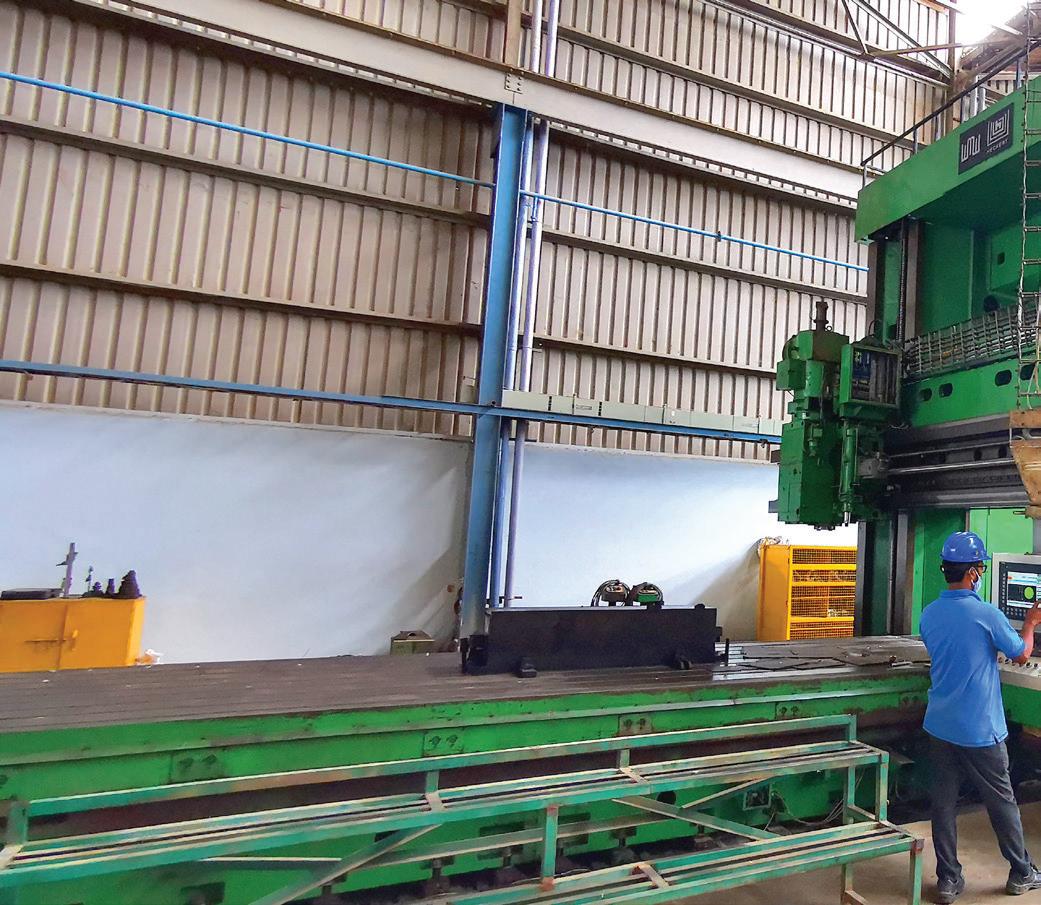
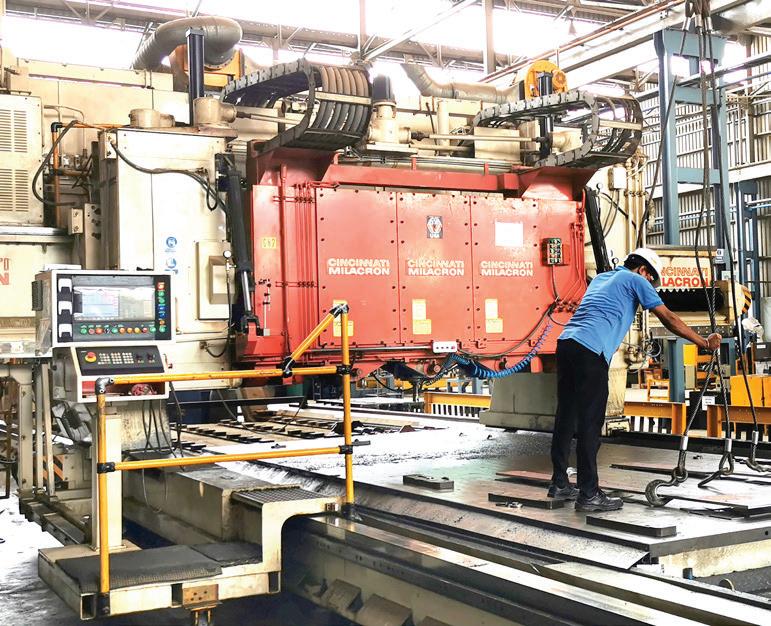

AIRCRAFT INTERIORS
Seat Back Trays, Arms Rests, Luggage Bin, Doors, Repair & Overhaul
COMPOSITES
Composite parts of Aerospace Application, Any Size up to 7mtrs, including Glass Fiber, Carbon Fiber & Kevlar
Our Divisions
Tooling
Conventional Machinery
CNC Milling & Turning
Quality Control
Sub-Assemblies & Assemblies
080 – 2227 7121. Email: info@gopalanaerospace.com









